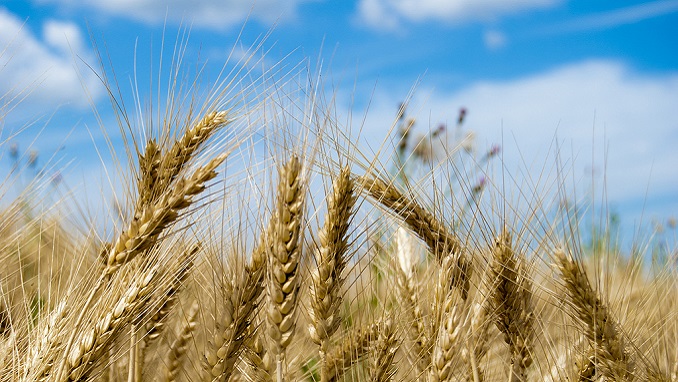Indonesia imported 1.14 million tonnes of wheat from Russia from July last year to the end of March continues according to official Russian reports. This continues the Southeast Asian country’s newly formed love affair with Russian wheat, Stock & Land reports.
While Indonesia’s current import figures are still dwarfed by Australian wheat exports to the archipelago nation, which have averaged around 3.7 million tons annually over the five years to 2015-16, the Russian sales represent a threefold year on year increase with three months of the marketing year still to go.
Indonesia is Australia’s largest wheat market and Aussie farmers are worried they could suffer losses should the trend continue.
Ross Kingwell, economics and business analysis manager with the Australian Export Grain Innovation Centre (AEGIC) said he expected Indonesia to continue buying more Russian wheat.
“Flour makers and wheat-based food processors are experimenting with increased proportions of Russian wheat and are finding the end-product quality is not greatly impaired,” Prof Kingwell said.
“Black Sea wheat continues to be available and is so attractively priced that it will increasingly be considered in many flour blends.”
Western Australian farmer Ray Marshall, Pingelly, said the news our most reliable buyer was increasingly looking further afield was a concern but was not a surprise.
“It’s a worry, but it is hardly surprising,” Mr. Marshall said. “We’ve known for some time that the Black Sea region was producing more wheat and with sea freight prices so cheap it can be landed in Indonesia as cheaply as Australian wheat, despite Western Australia being a stone’s throw away from Indonesia in relative terms.”
Prof Kingwell said from being a net importer less than 30 years ago Russia was now regarded as a reliable supplier due to its consistent increased production.
He said Australia’s much-vaunted high-quality wheat was still an advantage, but said millers were now comfortable using higher proportions of Russian wheat.












